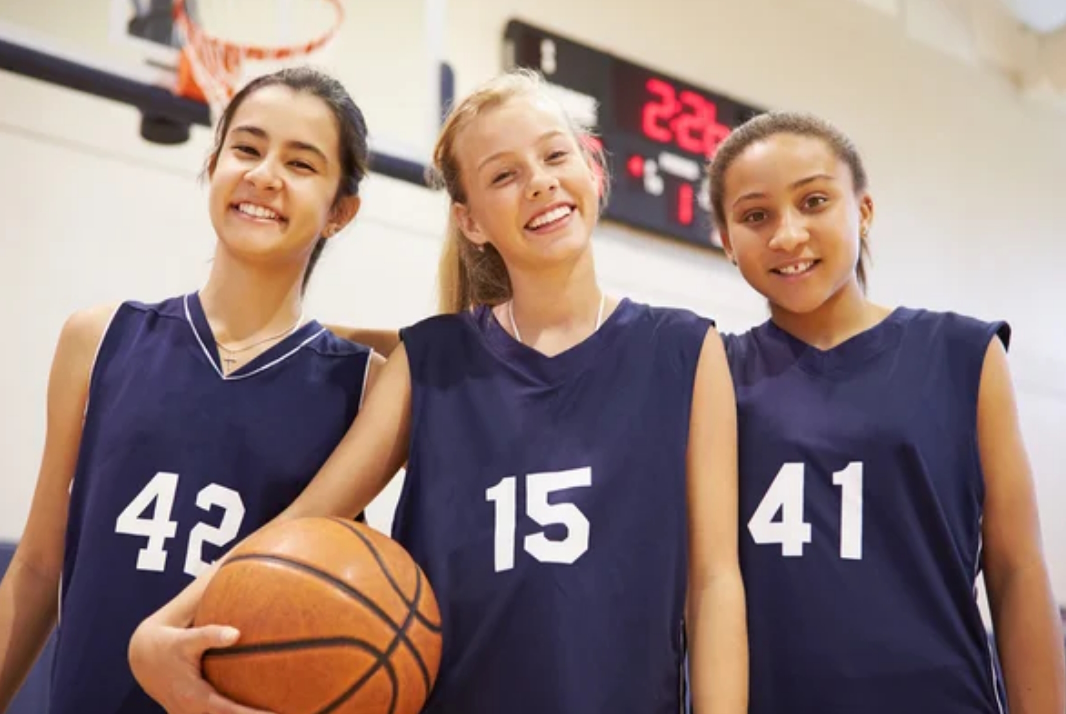The Benefits of Basketball to Children
- Written by NewsServices.com

Basketball is an exciting and popular sport that children of all ages can enjoy. It provides physical exercise, promotes teamwork, and helps to develop motor skills. Whether you’re looking for a recreational activity for your kids or a way to get them involved in competitive sports, there are plenty of basketball activities available for children. From learning the basics of dribbling and shooting to playing fun games like Knockout or HORSE, basketball activities for kids can be tailored to fit their age group and skill level. With the right guidance and encouragement, these activities can help children develop self-confidence while having fun at the same time!
Benefits of Basketball for Children
Basketball activities for preschoolers is a great sport for children to play. It provides physical activity, teaches teamwork and sportsmanship, and builds self-confidence.
- Physical Activity: Basketball is an excellent form of exercise for children. Playing basketball increases cardiovascular health, strengthens muscles, and promotes healthy growth and development. Basketball also helps children learn coordination and balance as they practice dribbling, passing, shooting, and running.
- Teamwork: Playing basketball in a team setting can teach children the importance of working together to reach a common goal. It helps build strong relationships with teammates as well as develop communication skills between players on the court by encouraging them to call out plays or give verbal direction to each other while playing defense or offense.
- Sportsmanship: Learning how to win gracefully and lose respectfully is an important skill that basketball can help teach children at an early age. It’s important for kids to understand that it’s not just about winning or losing but also how you handle yourself when playing the game that matters most in life too. Being humble when being victorious or gracious when defeated can go a long way in later years so having this mindset while playing basketball can be beneficial in the long run!
Safety Considerations
Safety Considerations are a vital issue for any business, organization, or individual. Ensuring the safety of people and property is essential for minimizing risk and ensuring a healthy working environment. The following outlines some common safety considerations that should be taken into account when planning an event or undertaking any other activity.
1) Risk Assessment: It is important to consider the potential risks associated with any activity before beginning it. This could include assessing hazards such as fire, electricity, weather conditions, hazardous materials, and more. If there are known risks present they must be addressed and appropriate safety measures put in place to minimize their impact.
2) Protective Gear: It is important to ensure that all participants have access to appropriate protective gear such as helmets, goggles, respirators etc., depending on the activity being undertaken. It is also important to make sure that this equipment fits correctly and is in good condition before use.
3) Emergency Plans: Having an emergency plan in place can help reduce the impact of accidents or incidents should they occur during an event or activity. This should include details on who will respond to emergencies; what procedures need to be followed; how victims will be treated; where first aid supplies will be stored.
Basic Rules and Fundamentals of the Game
For the uninitiated, the game of basketball is an exciting and thrilling sport that can be enjoyed by both professionals and amateur players alike. Whether you are playing for fun or for money, it is important to understand the basics and fundamentals of the game before you jump into competition. Here are some basic rules and fundamentals that all players should know:
- The Court – Basketball courts come in different sizes depending on whether it is a professional court or an amateur court. Generally speaking, a full-sized court measures 94 feet long by 50 feet wide with two 10ft tall hoops on each end of the court. Half-court games measure 47 feet long by 50 feet wide with one 10 ft hoop at one end of the court only.
- Players – A typical basketball match involves two teams with five players from each team on the court at any time; four field players plus one goalkeeper/goalie (also known as a point guard).
- Equipment – All players must wear appropriate clothing such as shorts, t-shirts, sneakers/trainers etc., plus suitable protective equipment (mouth guards etc.). It is also important to make sure everyone has a ball which can either be provided or brought along by each player themselves.
Different Types of Drills that Can Be Used to Teach Basic Skills
Drilling is a great way to teach basic skills in any sport. It allows players to practice the same skill over and over, increasing their mastery of it. There are many different types of drills that can be used to teach basic skills in any sport, from simple passing drills to complex defensive strategies. Here are some of the most common types of drills used to teach basic skills.
- Passing Drills: Passing drills focus on improving a player’s accuracy and control when passing the ball. These drills usually involve two players passing back and forth with one or more defenders in between them, forcing them to complete accurate passes under pressure. Players will often practice different types of passes such as chest passes, bounce passes, overhead passes and so on during these drills.
- Dribbling Drills: Dribbling drills help players improve their control when dribbling the ball and can also help increase their speed with the ball at their feet. These drills typically involve weaving through cones or other obstacles while dribbling or attempting specific moves such as crossovers or stepovers around defenders at varying speeds.
- Shooting Drills: Shooting is an important part of any team’s offensive strategy and requires lots of practice for players to perfect it.
Conclusion
The benefits of basketball activities for children are vast and varied. Not only do they get to have fun while learning the fundamentals of the sport, but they also learn important life skills such as teamwork, communication and problem-solving. Basketball activities can help children stay active, develop physical strength and coordination skills, improve self-esteem, and make friends. Overall, basketball activities provide a great way for children to stay healthy while having fun at the same time.







